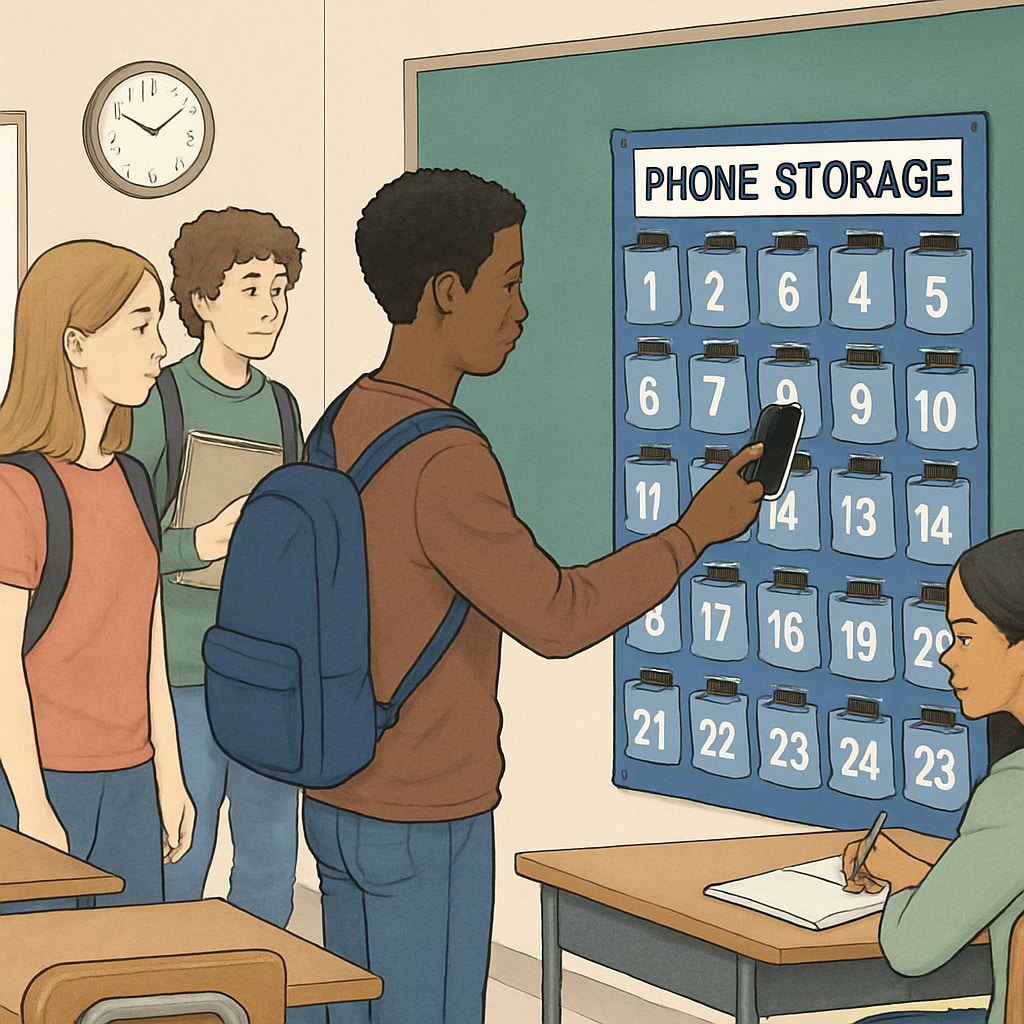In an era where smartphones dominate the daily lives of students, the recent implementation of a mobile phone ban in public schools has sparked significant debate. The policy, aimed at reducing distractions and fostering a focused learning environment, has drawn mixed reactions from students, parents, and educators alike. This article explores the implications of the ban, highlighting the challenges and coping mechanisms of students while addressing the broader tension between school policies and the realities of modern student needs.
Understanding the Mobile Phone Ban: Objectives and Controversies
The mobile phone ban in public schools is not without its merits. Proponents argue that the policy minimizes classroom distractions, reduces instances of cyberbullying, and encourages students to engage in face-to-face interactions. According to a Britannica article on education, maintaining a distraction-free environment is crucial for optimizing student learning outcomes.
However, critics contend that the ban overlooks the practical utility of smartphones in educational contexts. Many students rely on their devices for research, organization, and even safety. In private schools, where such bans are less common, students are often allowed to use their phones under strict guidelines, creating an unavoidable comparison between the public vs. private schooling experience.

Student Reactions: Resistance and Acceptance
Unsurprisingly, student reactions to the ban have been diverse. While some students welcome the opportunity to unplug and focus on their studies, others view the policy as overly restrictive. A significant number have expressed frustration, citing the ban as a one-size-fits-all solution that disregards their individual needs. For example, some students use their phones to access educational apps or communicate with family members during emergencies.
Resistance has taken various forms, ranging from vocal protests to subtle acts of defiance, such as sneaking phones into class or using smartwatches as a workaround. On the other hand, a growing number of students are adapting by turning to alternative tools like planners or offline study resources.

Striking a Balance: Lessons for Policy Makers
The mobile phone ban raises important questions about the role of technology in education. While the intent of the policy is clear, its implementation highlights a disconnect between administrative decisions and student realities. Policymakers and educators must consider adopting a more nuanced approach. Instead of outright bans, schools could implement regulated phone usage policies, similar to those in private institutions. This would allow students to harness the benefits of technology while minimizing its drawbacks.
Moreover, education systems must acknowledge the broader societal reliance on digital tools. As noted in this guide on technology in education, integrating technology effectively into curricula can prepare students for the digital demands of the modern workforce. Encouraging digital literacy and responsible usage should be prioritized over blanket restrictions.
In conclusion, the mobile phone ban in public schools is a well-intentioned but polarizing policy. Its success will depend on the ability of schools to address student concerns and adapt to the realities of a technology-driven world. By finding a middle ground, educators can create environments that respect both the need for focused learning and the indispensable role of technology in students’ lives.
Readability guidance: This article uses short paragraphs, clear transitions, and concise language to enhance accessibility. Key points are summarized under distinct subheadings, and external links provide additional context. The focus remains on balancing educational needs and digital realities.


